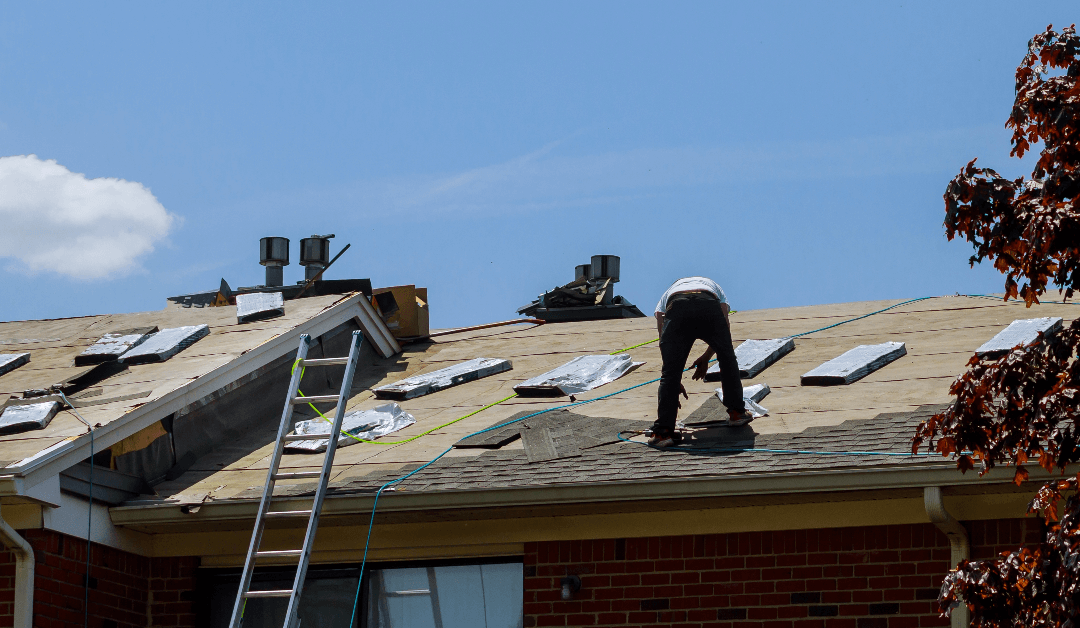Depending on how long you’ve been in your home, it may be time to start thinking about the life of your roof. Do you know the last time it was replaced or patched? Different types of roofing materials have varying lifetimes, and it’s important to know when your roof may need some TLC. Whether you need to repair, patch or replace your roof, however, can hinge on a few factors. Roofingclaims.com can help you navigate through these factors and help with your roof installation or fix.
Inspecting Your Roof
Regardless of your roof being relatively new or not, you should always conduct inspections of your roof to ensure it’s protecting your home. Look over the exterior and interior of your roof at least once or twice a year, and if you receive inclimate weather, after these storms pass as well. Catching the first signs of any roof damage is critical to help ensure your home is safe and protected, while also saving you money and a headache over repairs. Be thorough in your inspections, as any nook or cranny can be easily damaged and then overlooked, causing longer term damage to the rest of your house. If you see anything that does need to be addressed or needs clarification, always bring in a roofing contractor to have a look too, as they are properly trained in knowing what’s urgent and what can wait in terms of replacing and repairing. A professional should inspect your roof at least once a year as well, as they may be able to detect damaged items or parts of your roof better than your eye, and can help save your home from further complications.
Damaged Roof: Now What?
If you are already aware of damage to your roof, then what should be the next steps? A lot of times, you will notice water spots on ceiling tiles or smell something musty in the attic, and find some saturated insulation to clue you in on some needed repairs. Or when you’re outside checking the exterior, the shingles may be cupping or the roof is discolored. A damaged roof may have little granules clogging the gutters as well, so it’s important to check around the edges of the roof and where the gutters connect. These granules are most likely due to damaged shingles or shingles that have been exposed to sunlight for too long.
Depending on where the damage is, repairing is usually the best option for your roof. A lot depends on the age of your roof overall, but even if it’s about middle-aged, repairing can still add a lot of life to the years it has left. If the damage is limited to the surface of the roof, chances are a simple repair can fix any issues you have. Anything from missing or broken shingles and most weather damage will be fixable through repairs and not a full replacement of the roof. It’s also beneficial knowing when and how the damage was caused, which can help you and any contractors you may need, to fix the issues properly the first time. Once your roof is nearing the end of its lifetime, though, that’s when it is definitely time to consider replacing it. Repairing isn’t unheard of in older roofs, however, the cost and benefits won’t be as positive overall, especially if the roof starts experiencing continual repairs and patches here and there throughout the year. This can add up quickly and may be a big chunk that could’ve been used towards a new roof to begin with. If it’s near the end of the 20 or 30-year warranty, chances are it’s easier to do a full replacement. Any extensive or interior damages to your roof or home are also causes to consider a full replacement of your roof. These issues, such as leakage into the attic or other water damage, or a sagging exterior to your roof, most likely means that the roof is losing its overall structure integrity and needs more than just repairing.
Don’t Wait
No matter what issues you are experiencing with your roof, it’s vital to take care of the problems as soon as possible. Any delay in repairing or replacing materials will only inevitably lead to more roof and home damage. Avoiding any additional costs or headaches through fixing these roof damages will help you maintain a healthy and structurally sound home for many years to come.
Contact Us
Are you wondering which type of TLC your roof needs to stay safe and sound? Roofingclaims.com can assist you through the roof inspection process, and can help you determine when and what needs replacement or repairs on your roof. Call us today!


Recent Comments